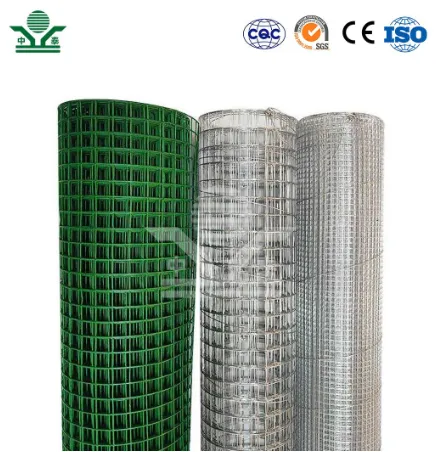The Use of Wire Gauze An Essential Tool in Laboratory Settings
Wire gauze is an indispensable tool widely utilized in laboratory and scientific settings. Its primary function is to provide support for containers such as beakers or flasks when they are placed on top of a heating source, typically a Bunsen burner. However, its utility extends far beyond this fundamental role, making it a vital component of many experimental setups.
Structure and Composition
Wire gauze is typically made from a mesh of fine metal wires, often made of steel or other durable materials. These wires are arranged in a grid pattern, with openings that allow for even heat distribution. At its center, many wire gauzes feature a ceramic or asbestos disc, which enhances thermal stability and provides additional support for glassware. The design ensures that heat is not concentrated in a single area, thereby reducing the risk of shattering or breaking the glassware.
Heating and Safety
One of the primary uses of wire gauze is in heating applications. When a beaker or flask is placed on a Bunsen burner without any intermediary support, the intense heat can lead to thermal stress and potential cracking of the glassware. Wire gauze acts as a barrier, preventing direct contact with the flame and distributing the heat evenly across the bottom of the container. This property is particularly important in scenarios where controlled heating is essential, such as in chemical reactions that require precise temperature management.
Moreover, wire gauze serves a crucial safety function. Its design helps to prevent the direct flame from reaching the glassware, which not only minimizes the risk of breakage but also reduces the likelihood of hazardous reactions that could occur if the glass is heated too rapidly. In laboratories where volatile substances are handled, this added layer of safety is paramount.
what is the use of wire gauze

Versatility in Applications
Wire gauze is not limited to use with Bunsen burners. It is also employed in various heating elements, such as hot plates and wire ovens. Additionally, it can be used in conjunction with flameproof materials, making it suitable for applications in organic chemistry where flammable solvents are present. Its ability to withstand high temperatures and resist damage from chemicals enhances its versatility across different fields, including biology, chemistry, and physics.
Beyond heating applications, wire gauze serves as a filtering medium in some experimental setups. In processes where solid materials need to be separated from liquids, wire gauze can be used in conjunction with other filtration devices to ensure a clean separation. Its mesh structure allows liquids to pass freely while capturing particulate matter, making it a useful tool in laboratory experiments and processes.
Educational Value and Practical Usage
In educational settings, wire gauze is often a staple in chemistry classrooms and laboratories. Students learn the principles of thermal conductivity, heat transfer, and safety protocols when using this tool. Its hands-on usage in experiments allows students to engage with scientific concepts in a tangible way, reinforcing their understanding of fundamental chemistry principles.
Conclusion
In summary, wire gauze is a multifunctional and essential tool in laboratory environments. Its primary role in supporting glassware during heating processes is complemented by its safety features and versatility across various applications. Given its importance in ensuring safe and efficient scientific practices, wire gauze remains a fundamental component in the toolkit of researchers, educators, and students alike. Understanding its uses not only enhances experimental results but also cultivates a culture of safety and precision in laboratory work.
-
Why Galvanized Trench Cover Steel Grating Resists Corrosion
NewsJul.10,2025
-
The Versatility and Strength of Stainless Expanded Metal Mesh
NewsJul.10,2025
-
Load Calculations in Steel Grating Platforms
NewsJul.10,2025
-
Keeping Pets and Kids Safe with Chicken Wire Deck Railing
NewsJul.10,2025
-
Hole Diameter and Pitch for Round Perforated Metal Sheets
NewsJul.10,2025
-
Aluminium Diamond Mesh in Modern Architecture
NewsJul.10,2025
Subscribe now!
Stay up to date with the latest on Fry Steeland industry news.

